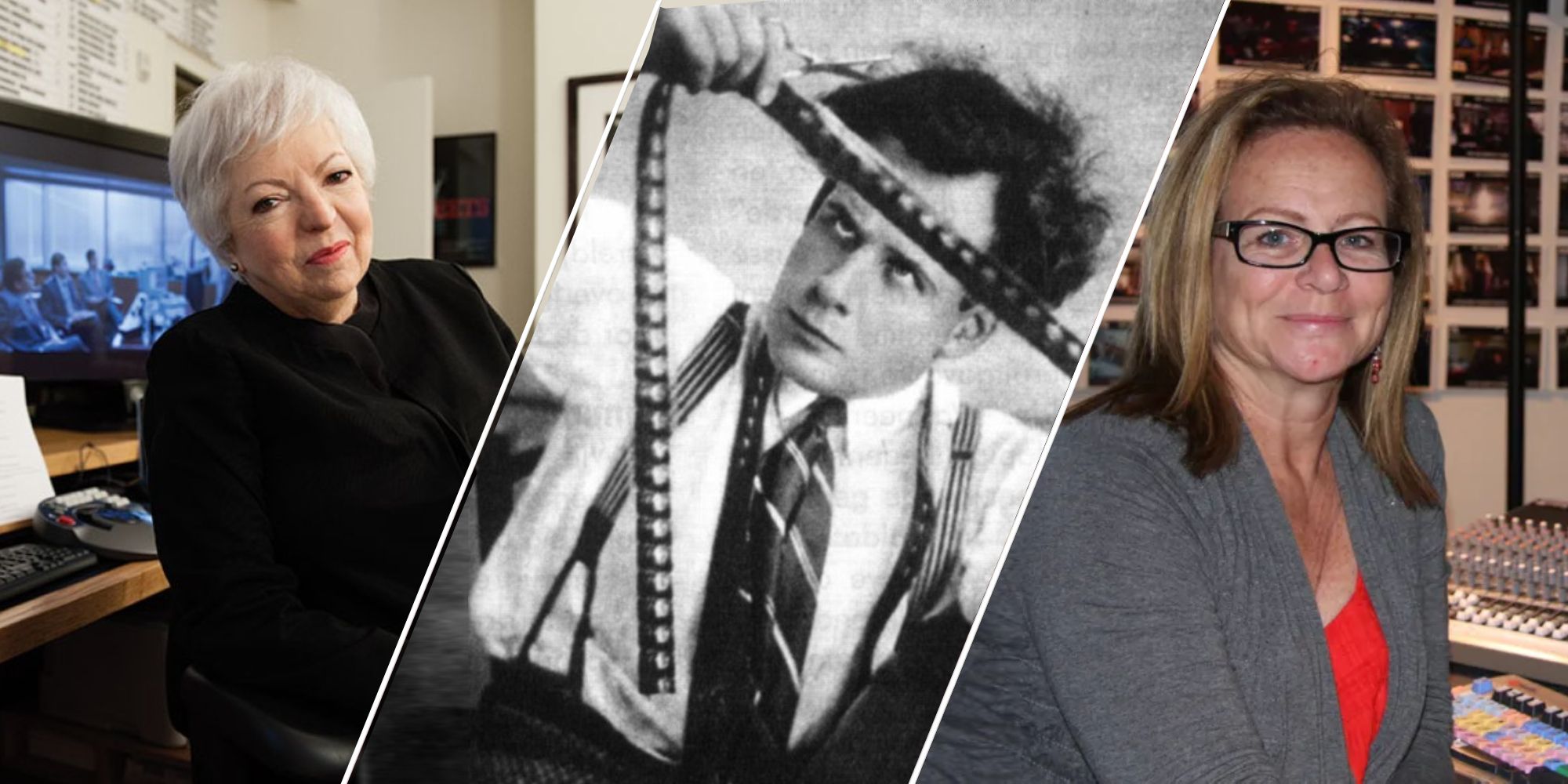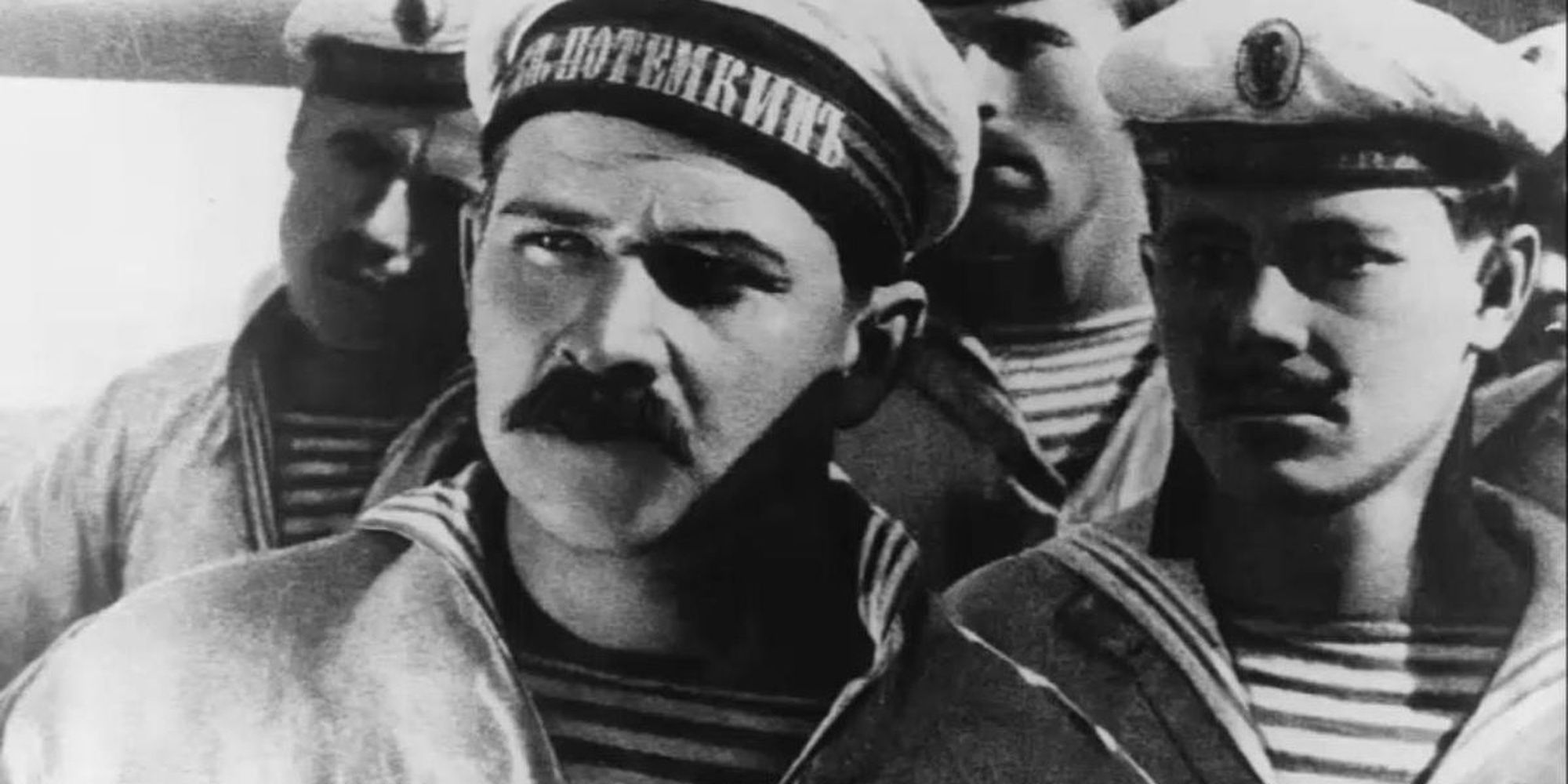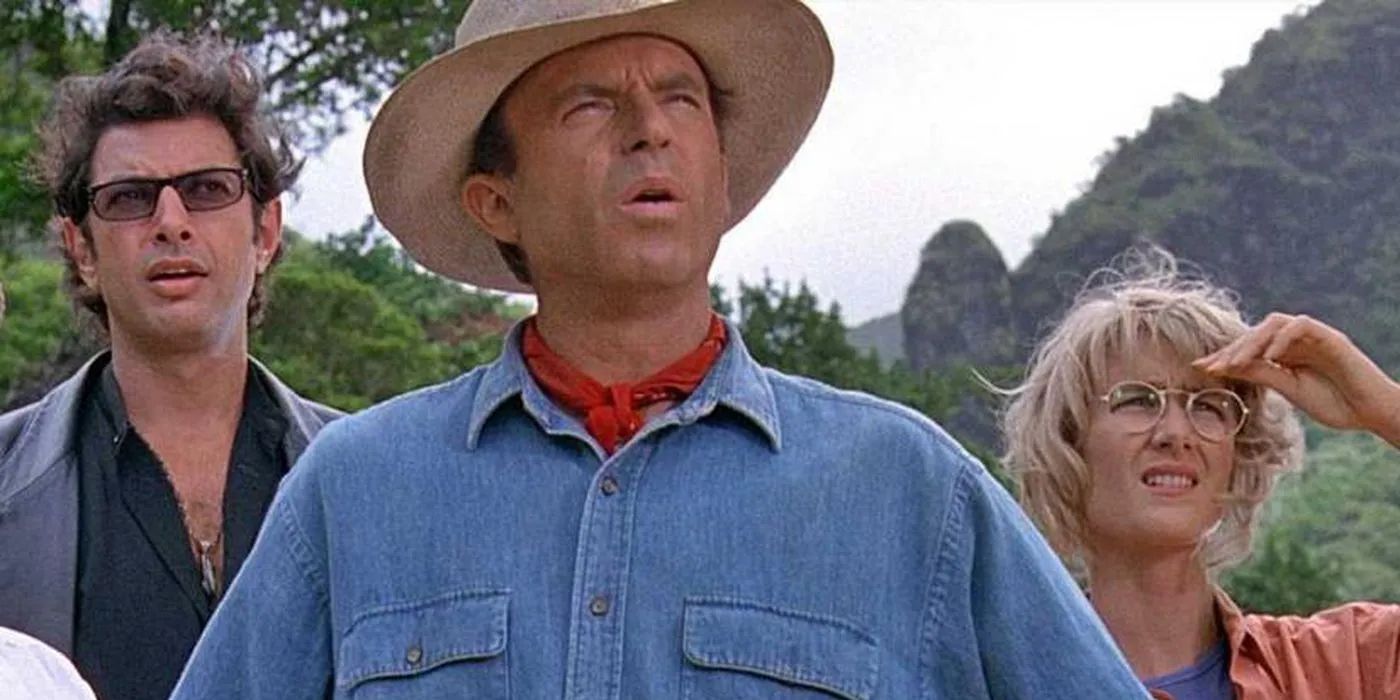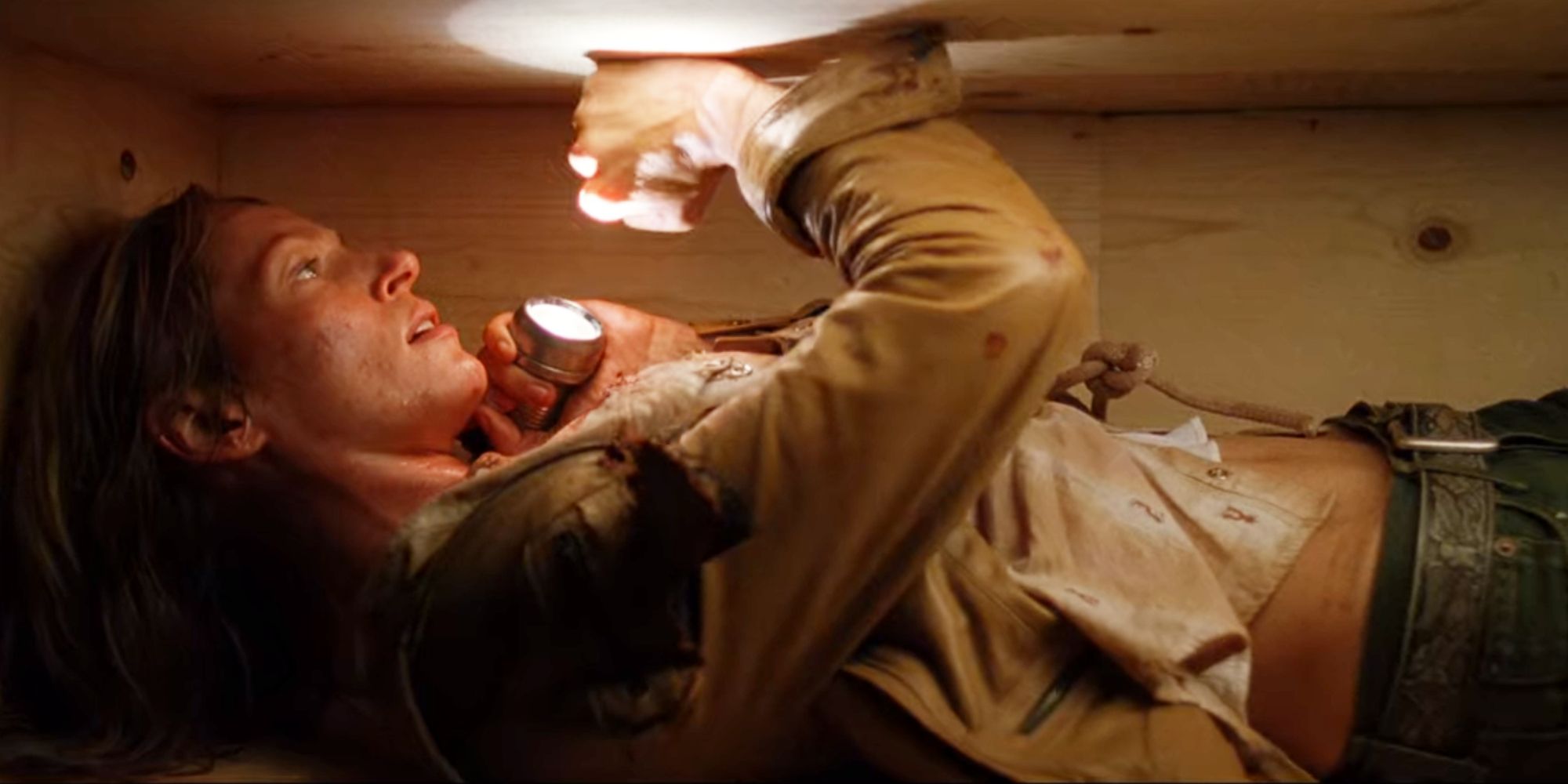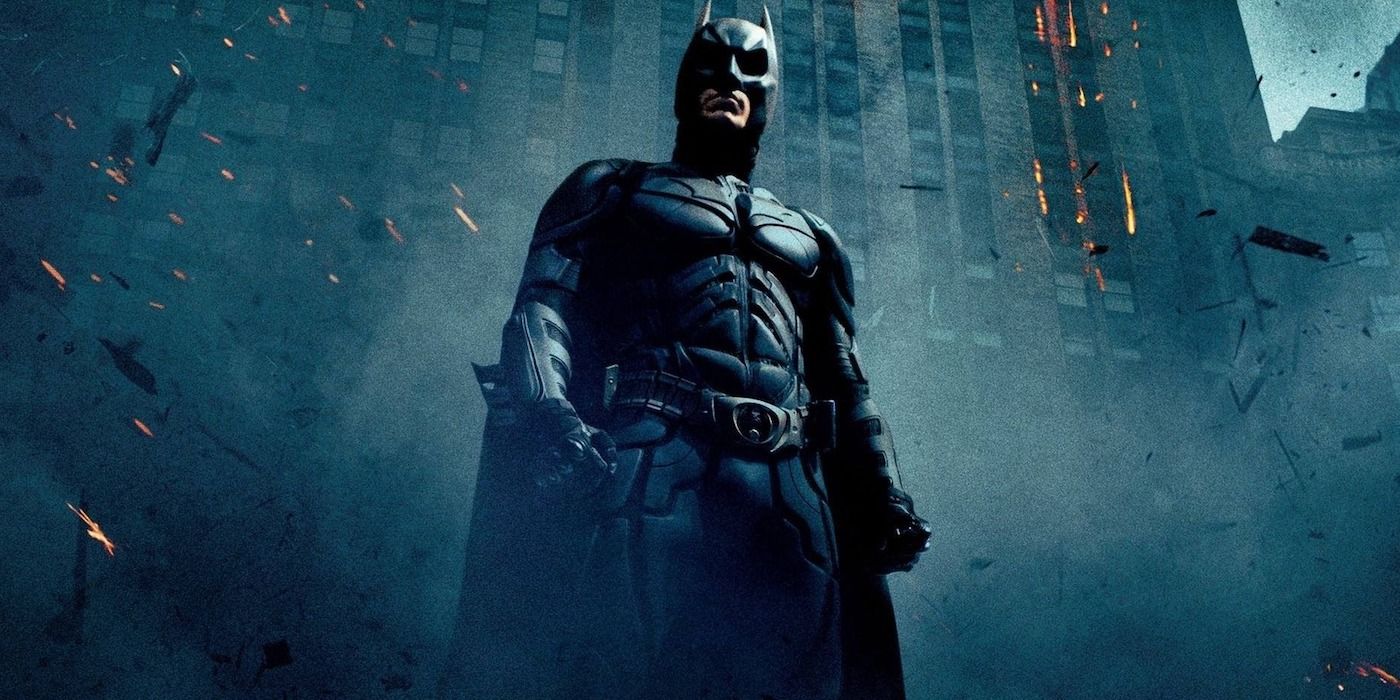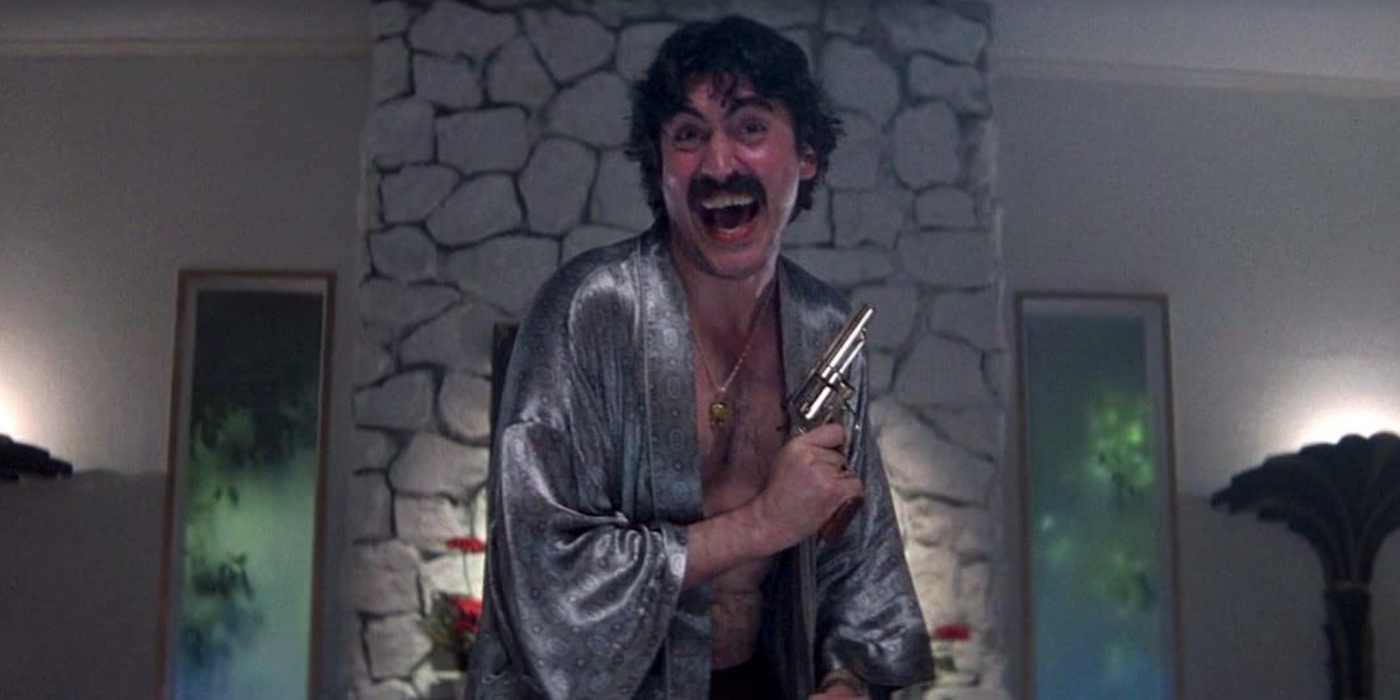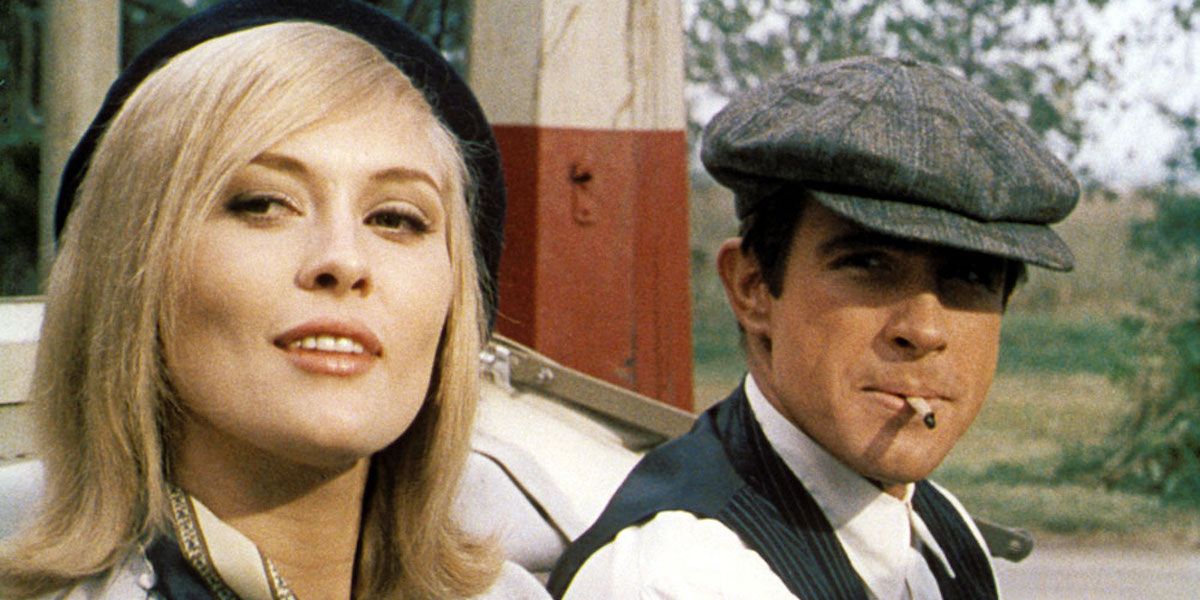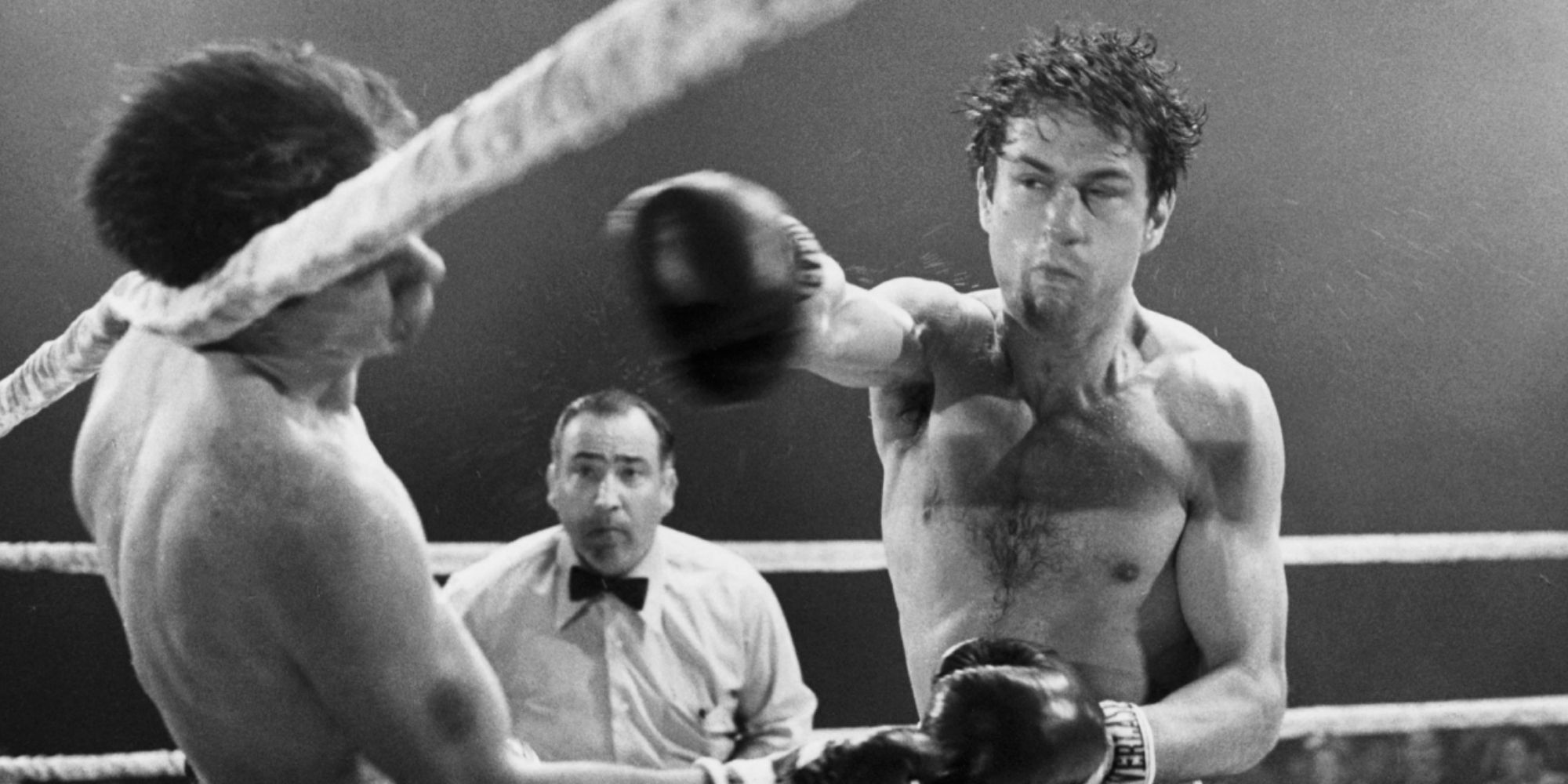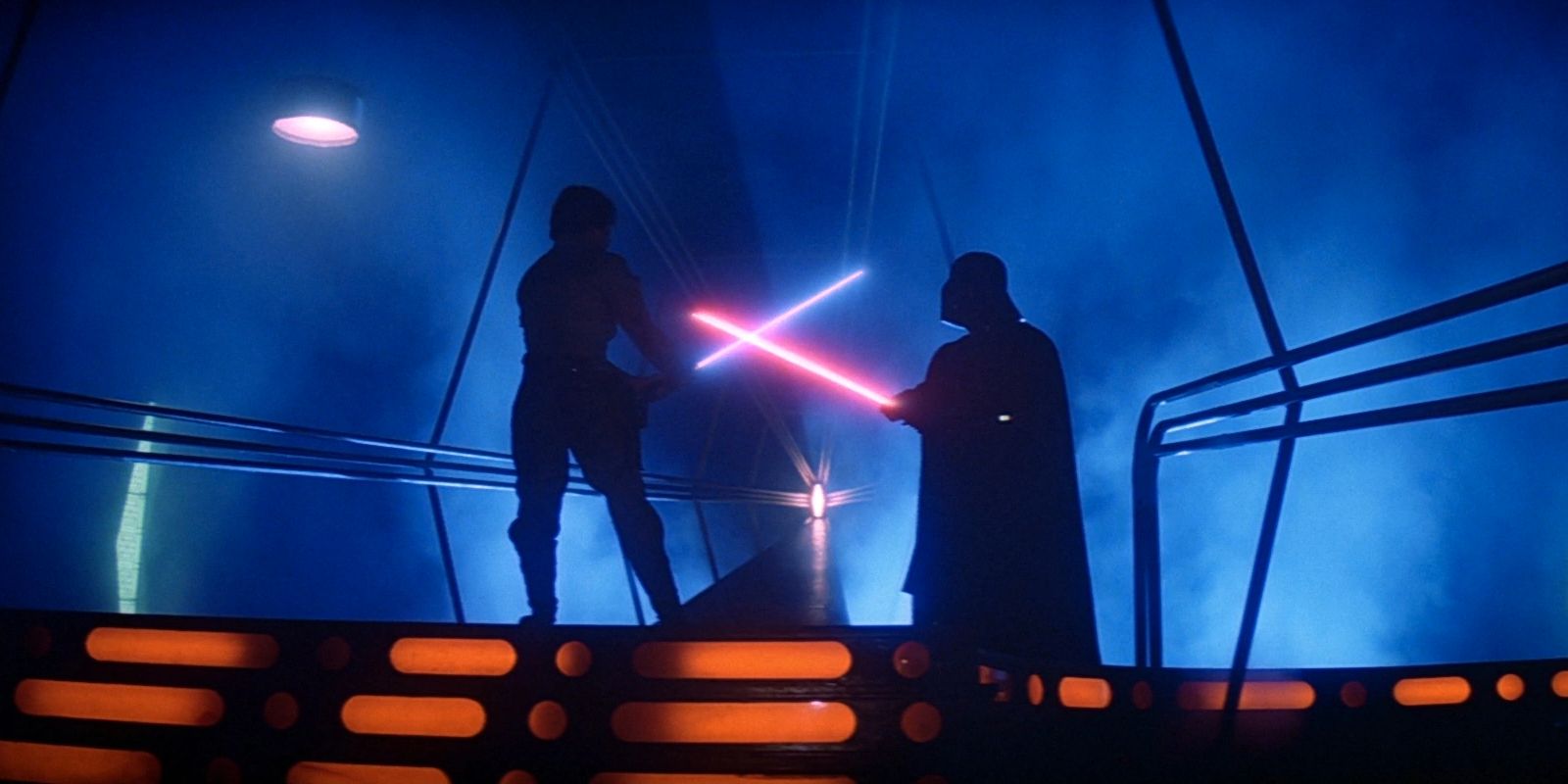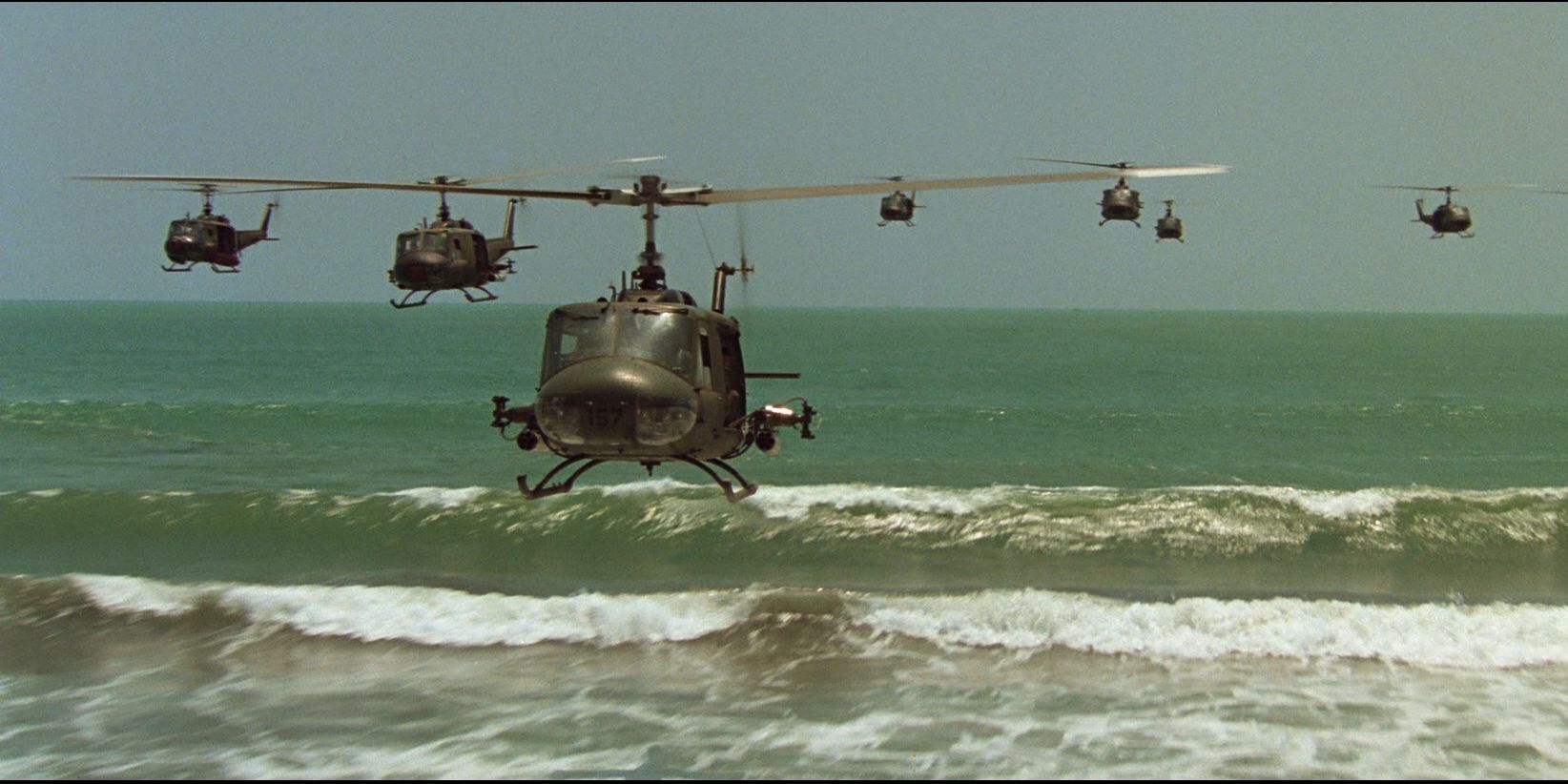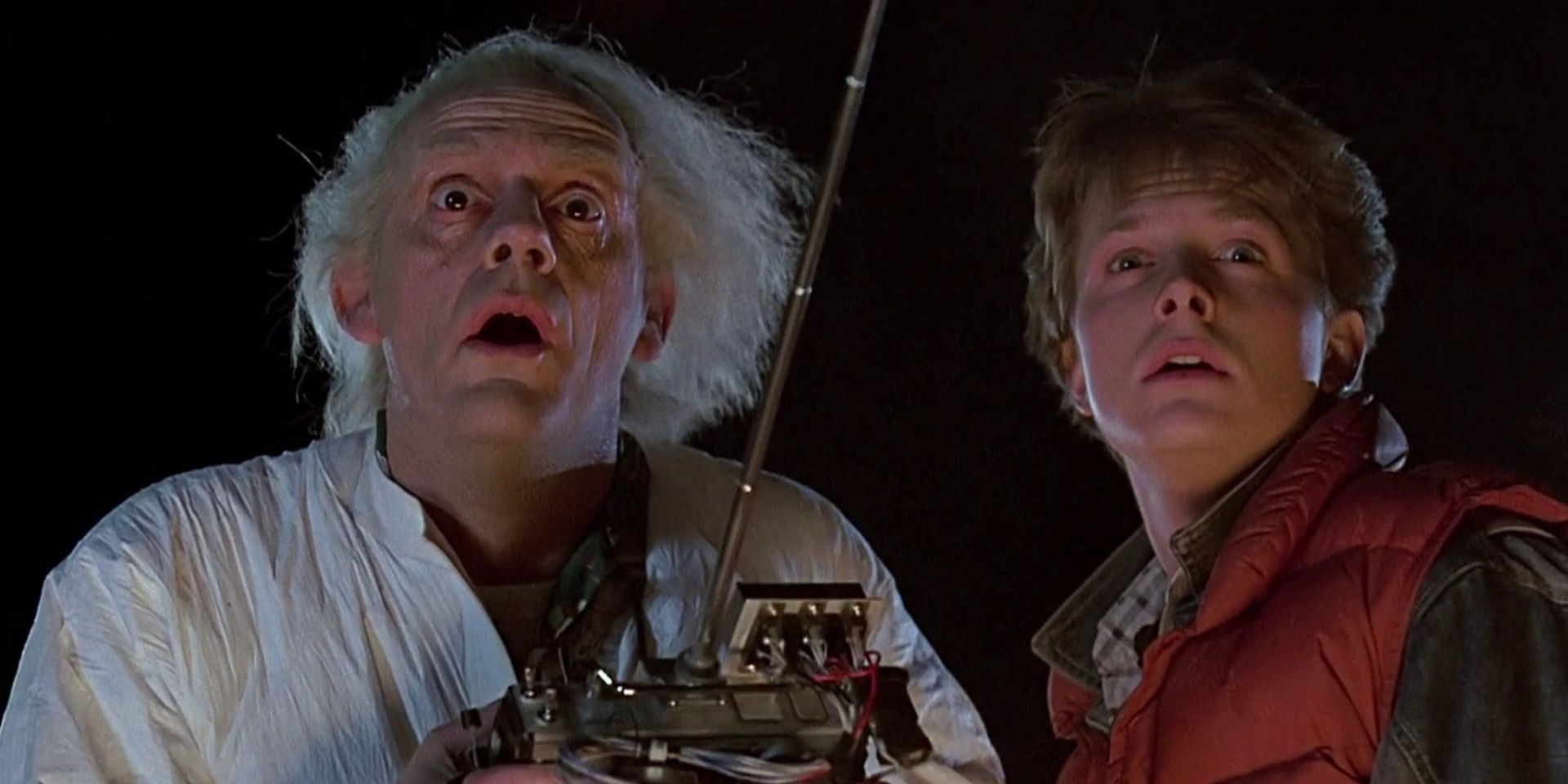Even though actors and directors tend to get the most praise out of all the professions in the film industry, you'd hope most viewers would realize it takes so many more people to put out a great film. Other roles aren't often as prominent or noticeable to casual viewers, but the small army of people who work behind the scenes - including during a film's pre-production and post-production - are all essential to a movie's success.
And among the underrated professionals in the film industry, perhaps the most frequently looked over are the humble editors. Sure, most people understand the basics of how editing works - stitching scenes and shots together, creating continuity, establishing a rhythm that keeps a viewer involved etc. - but for the amount of work editors do, they're specifically talked about unfortunately rarely. To celebrate the role, here are just 10 of the greatest editors from film history, and including examples of the classic films that they helped shape.
Sergei Eisenstein
An editor and director who was truly ahead of his time, Sergei Eisenstein is widely regarded as being one of the most influential filmmakers in cinema's history, thanks to him pioneering the idea of a cinematic montage. Naturally, he didn't invent editing, as films made before 1923 (the beginning of his career) still placed shots together in a way that helped tell a story on film, but none did so quite as dynamically or electrically as Eisenstein did.
The best example of his editing style probably comes from the famous Odessa Steps sequence in his 1925 film, Battleship Potemkin with its dramatic, fast-paced edits. To have shots that only lasted a second or two felt radical and inventive for cinema during the silent era, and the variety of shots, the precise cuts between them, and the jarring use of close-ups all serve to make this already shocking scene of violence far more chaotic, disturbing, and memorable. It may be harder to understand nowadays, almost 100 years later, how different this scene would have felt at the time, but it helped establish how important editing could be to not only telling a story, but making a viewer truly feel something. As such, no list of great editors would be complete without mentioning Eisenstein.
Michael Khan
There are many examples of great editors who are best known for frequently collaborating with great directors. It speaks to how important an editor is to a director that many of the greats choose one editor to handle most or all of their films, and one example of such a director + editor partnership is that of Steven Spielberg and Michael Kahn, who's directed the vast majority of Spielberg movies since 1977 (including his most recent film, The Fabelmans).
Many great things can be said about the films of Steven Spielberg, but two that often apply to his best blockbusters are that they're paced fantastically, and that they contain great, suspenseful set pieces. Kahn's editing is essential for both of these, and a scene that perfectly demonstrates his fantastic editing is the T-Rex attack from the first Jurassic Park. It's so tightly crafted and well-thought-out, and remains a nail-biting scene no matter how many times you watch it.
Sally Menke
Editor Sally Menke tragically passed away at just 56 years old in 2010, leaving behind a short but immensely impactful body of work. Though she began editing in the 1980s, she ended up becoming best known for her work with Quentin Tarantino, editing all his films released before 2010 (from Reservoir Dogs in 1992 to Inglourious Basterds in 2009).
For as good as Tarantino's films made after 2010 have still been, they arguably (sometimes) lack a certain spark or urgency, further demonstrating how instrumental Menke was for the success of Tarantino's first six films. Those films were sometimes long, but they never felt overlong, with frequently perfect pacing that kept things feeling vital and exciting. She was also instrumental in making Tarantino's famed needle drops land as hard as they did, as many memorable tracks used in these films line up perfectly with the visuals to the millisecond.
Lee Smith
There's a sense of relentless pacing to many of Christopher Nolan's best-known films. They're plot-heavy, usually feature ensemble casts, incorporate fast-paced action scenes, and often use montages with plenty of cross-cutting between different physical locations to convey a great deal of information in a short amount of time.
With an inexperienced editor, there's a good chance Nolan's spectacular-looking and sounding films would become incomprehensible. Thankfully, with Lee Smith, who's edited most of Nolan's features, the spectacle stays efficiently controlled. His prowess is perhaps best seen in The Dark Knight's thrillingly assembled bank robbery opening, which immediately pulls you into this briskly paced, expertly constructed masterpiece.
Dylan Tichenor
Dylan Tichenor isn't an editor who can strongly be associated with a single director. He has edited several films for Paul Thomas Anderson (though not all), but is also notable for working with numerous other well-known filmmakers, including Kathryn Bigelow for Zero Dark Thirty, Chloé Zhao for Eternals, and Ang Lee for Brokeback Mountain, to name just a few.
Perhaps that's a sign of his versatility and skill as an editor. It's not hard to see why he's worked with so many big names, given how the frenetically paced and consistently engaging Boogie Nights was his first feature film credit, and just two years later, he helped create one of the best-paced three-hour movies of all time, Magnolia.
Dede Allen
There was a real freshness to the way movies began to look and feel during the 1960s and 1970s. Part of this came down to the editing, as editors were able to take more risks with their choices, thanks to films tackling daring subject matter in daring ways, elevating the artform in the process.
Regrettably far from a household name, Dede Allen was one of the most important editors of this era. Her credits include The Hustler, Dog Day Afternoon, Serpico, and perhaps most notable (and radical) of all, Bonnie and Clyde. The final scene of the titular characters' deaths (spoilers!) creates such an impact because of how poetic and impactful its editing is.
Thelma Schoonmaker
It's rare for a director and editor to be linked as intrinsically as Martin Scorsese and Thelma Schoonmaker. She has edited almost every single Scorsese film released since Raging Bull (1980), including the upcoming Killers of the Flower Moon, scheduled for a 2023 release.
Despite encompassing a range of genres, there is a distinct feel to Scorsese's filmography, and given Schoonmaker's role in almost all of them, it's hard to deny her influence in helping to create such an impressive body of work. Right from the gate, Schoonmaker's editing style has been hard-hitting and distinctive... sometimes literally, as those boxing scenes from Raging Bull wouldn't pack such a punch (pun intended) if they weren't edited the way they were.
Paul Hirsch
A master editor when it comes to action movies, Paul Hirsch should be more well-known than he is, given the films he's edited for. These include many of Brian De Palma's early films, the first two Star Wars movies, and even something as recent as the fourth Mission Impossible movie, in 2011.
These films show that Hirsch is an editor who knows how to keep things entertaining and fast-moving. His behind-the-scenes editing skills were particularly important for the original Star Wars, as there's a (potentially controversial) belief that it was a film with a chaotic pre-production and production, and really came together as the classic movie we know it as today during its editing and post-production.
Walter Murch
Walter Murch often performs double duties for the films he works on, as he's both an editor and a sound mixer. This even led to him winning two Oscars for the 1996 film, The English Patient (Best Sound as well as Best Film Editing).
He worked in the sound department for Francis Ford Coppola's The Conversation and The Godfather Part II, before doing the editing for Apocalypse Now. That 1979 film might stand as his best work as an editor, particularly due to its opening and closing sequences, which have such an impact in large part due to the editing.
Arthur Schmidt
Arthur Schmidt has only worked as an editor for 30 years (his last credit being in 2005), but has been involved with some true classics in that time. Notably, he's earned two Oscars (for Forrest Gump and Who Framed Roger Rabbit), and also served as editor for the Back to the Future trilogy.
All were directed by Robert Zemeckis, and all are generally considered to be among Zemeckis' best films. It's no guarantee that Zemeckis' films have become less consistent in recent years because of Schmidt's retirement... but it otherwise would be a strange coincidence.

